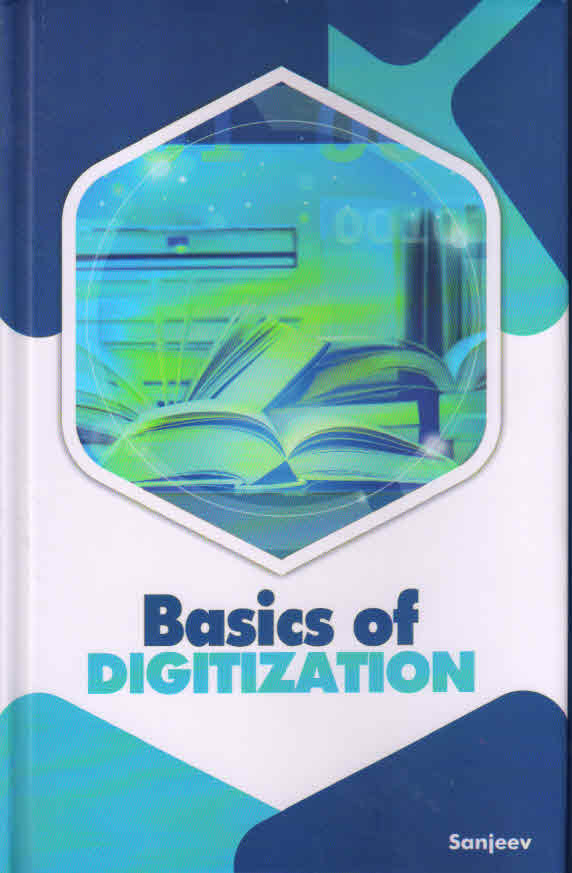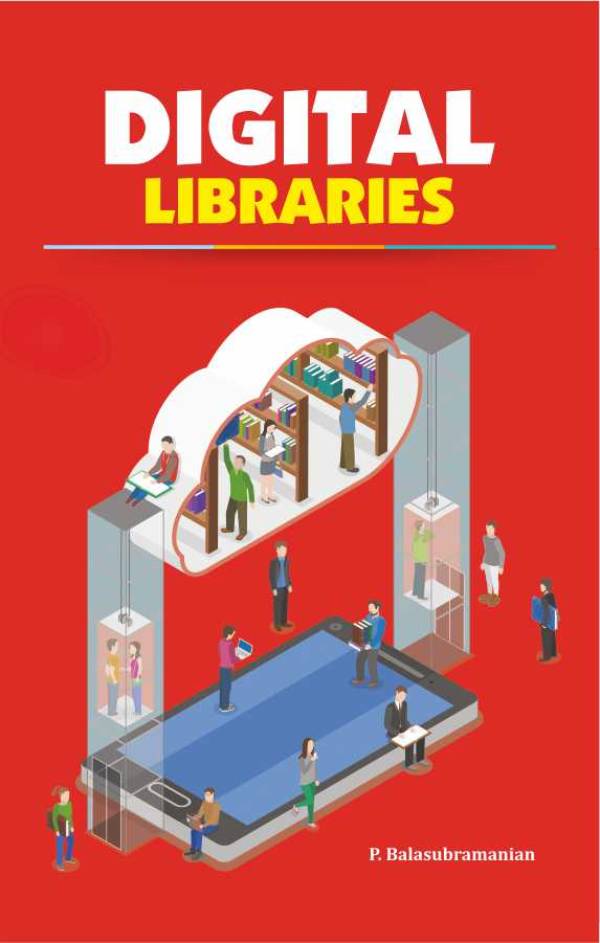The book is organized into 6 parts and 26 chapters. The first part' digital
libraries' deals with three different aspects of the emerging area, the first
chapter presents a proposal for digitizing scholarly journals published from the
country by a multiinstitutional collaboration. The second chapter discusses the
infrastructure to be created for and the problems to be tackled while proceeding
with digital library development. The third chapter describes in the light of
international developments, the best pretties that should be followed by
libraries before venturing into digitization projects. 8 chapters in the second
part concentrate on the virtues of using computers and information technology
for better information organization and rendering attractive user focused
information services. the third part of the book in four chapters descries the
information management and its facets in specific disciplines of technology,
science, engineering, and management. Part 4 of the book in the first chapter
identifies the content creating role of library professionals and the second
chapter discusses the constraints concerning representation of time and version
control, specifically with respect to electronic information. The three chapters
in part 5 deal with problems and prospects of a shared library access oriented
approach as a result of increasing dependence on costly international
publications for higher education and research and the difficulties to meet the
information needs with the existing information infrastructure and budget
support. Part 6 of the book, in 6 chapters expresses the growing concern of an
alert information professional on the present state of affairs in a ' free for
all anti- student quantity centre quality devoid' library and information
science education. This book shall serve as a immensely helpful tool for
professionals and students who want to know more about 'Digital Libraries'.





